 [Long, long ago (1976), in a galaxy far, far away (the New England region of the United States, specifically Boston), in collaboration with Chris Enos and Jeff Weiss, I helped to found an organization that, amazingly, still exists: the Photographic Resource Center. This included serving as the founding editor of its long-lived but, alas, long-defunct publication, Views: A New England Journal of Photography.
[Long, long ago (1976), in a galaxy far, far away (the New England region of the United States, specifically Boston), in collaboration with Chris Enos and Jeff Weiss, I helped to found an organization that, amazingly, still exists: the Photographic Resource Center. This included serving as the founding editor of its long-lived but, alas, long-defunct publication, Views: A New England Journal of Photography.
This year the PRC celebrated its 40th anniversary. In 1996 the PRC celebrated its 20th anniversary with a series of events, one of which involved my giving a talk. As usual in such situations, I used the opportunity provided by the occasion to make some trouble, as you’ll see.
This is the complete text of the “Founders’ Lecture” given at Boston University on the night of October 9, 1996. I’ve divided the text of this talk into three parts, the first of which appears below. Click here for Part 2. — A. D. C.]
•
Do It Yourself:
Towards a Responsible Audience (Part 1)
I want to start by thanking John Jacob, Robert Seydel and all those at the Photographic Resource Center for the invitation to address you, for giving me carte blanche to speak my mind, and for trusting me to come up with some thoughts appropriate to the occasion, which I hope I’ll manage to do. They haven’t heard or read what I’m about to say, so — aside from taking the perhaps foolish risk of turning me loose on you this way — they’re not to be held accountable for what ensues.
I’m extremely pleased to be here with you tonight, and honored to be asked to deliver a “Founder’s Lecture” on this occasion. Last night Bela Kalman referred to me as one of the PRC’s “Founding Fathers,” which made me jump, evoking as it does images of George Washington and wooden teeth. So I must add immediately that, in my opinion, the title of PRC founder — or, perhaps more appropriately, “Founding Mutha” — unquestionably belongs exclusively to Chris Enos, who truly started all this, and who snookered Jeff Weiss and myself into serving as her accomplices, her goodfellas, and (as I used to refer to us, to Enos’s considerable amusement) her molls.
Chris had deep, accurate intuitions about our collective chemistry that defied apparent logic. You cannot imagine a more unlikely team than this troika, each one of us terminally independent and mule-stubborn to boot, a trio of outsiders determined to foment community in a region to which none of us were native. God knows what a carpetbagger like me was doing in that gang — I didn’t even live in New England, and my closest link to Boston at that point was that (in the minds of many) I’d mugged one of its living legends, Minor White, during his golden years.
And don’t ask me how locking the three of us together in a loft for weekend after weekend on a diet alternating between big salads and Chinese take-out resulted in something that would last for twenty years and turn out to look like that fancy place across the street. Talk about a pressure cooker. If we hadn’t fundamentally liked, trusted and respected each other, we’d surely have become some legendary Beantown triple homicide.
None of us really knew what we were doing. Well, Chris did, or said she did — it had to do with simple access to information, people being able to call up on the phone and find out what shows were in town, as I recall, or something like that; but then it got out of hand, as you can see. It was never quite clear to Jeff or me, but we could tell she had a vision — she was our Joan of Arc, or our “Legs” Diamond, and we was the kind of guys what did what we was told, and one thing just led to another. This is not a person one says “No” to with impunity, as many here tonight can testify. One day, for example, she just looked across her kitchen table at me and said, “Make us a publication.” So I did. Which is how Views: A New England Journal of Photography came into being. More on that in a little while.
Two or three years later we all looked up and saw that what we’d made was an institution. It seemed like a pretty good one, as institutions go, and we felt reasonably proud to have made it, though we didn’t quite know how it had come about. That’s not what we set out to do, you need to understand that. This was a do-it-yourself project from the git-go. Enos may have had a vision, but if she had a master plan she kept it in the drawer. We saw some problems, some things that needed starting, some situations that wanted fixing, a few connection points to be set up, and we jerry-built these solutions. Some of them seemed to work okay, some didn’t, and we learned from both.
We brainstormed and tinkered. Our method, if you could call it that, probably couldn’t be duplicated, and I’m convinced it’s a blessing for everyone that we kept no records of our deliberations, since they’d probably read something like that volume of experimental prose that came disguised as the instruction book for your VCR. We merely wanted to set some things in motion that would make it easier for people — including us, of course — to do things for themselves.
•
Anyhow, when we came up for air there was this thing we’d generated: formal structure, legal papers, boards, personnel, equipment, physical plant. Scared the living hell out of all three of us, I remember distinctly; eccentric lone-wolf types that we are, we all had an innate suspicion of institutions, and discovering that we’d mysteriously given birth to one raised some very disturbing questions for each of us.
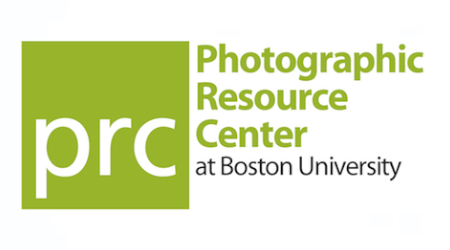 Chris stayed on to find it a great home with doting adoptive parents, but we all pretty much got out of there as fast as we could, like leaving someone you love and admire but suddenly just can’t live with. Which is how it seems to me the three of us feel about each other now. No question there’s a deep bond, probably something you’d call family, but we don’t make a whole lot of contact, and when we do cross paths we give each other frequent, weird, sidelong glances and burst inexplicably into fits of wild laughter.
Chris stayed on to find it a great home with doting adoptive parents, but we all pretty much got out of there as fast as we could, like leaving someone you love and admire but suddenly just can’t live with. Which is how it seems to me the three of us feel about each other now. No question there’s a deep bond, probably something you’d call family, but we don’t make a whole lot of contact, and when we do cross paths we give each other frequent, weird, sidelong glances and burst inexplicably into fits of wild laughter.
That’s my PRC story, at least the short version. If you want the full orchestration, you’ll have to put me under with sodium pentothal, because I’ve long since suppressed the details. In any case, it appears that I stand here representing all three of us tonight, an impossible task under the best of circumstances; so let me just say that I love them dearly, and always will, and assure you that I speak only for myself in what follows.
•
By coincidence, just a few days before flying up here I came across a scrapbook of mine containing material pertinent to the “Great Debate” between myself and the late Minor White that took place — in the pages of the Village Voice and Camera 35, and in a lecture series here in Boston — over two decades ago, between the fall of 1973 and the spring of 1974. A defining moment in my work as a critic, that episode had its painful aspects, in particular the loss of a cherished forum, my column at the Voice, which had run from early 1968 until then as the first regular column of photography criticism anywhere in this country — and, so far as I’ve been able to discover, anywhere in the world.
I don’t intend to reiterate that story, which is familiar to many of you and can be dug up with relative ease by everyone else. What struck me in going through these papers last week was the tangible evidence evoked by this event that my writing mattered to a considerable number of people in the field. Letters were written from all over — not only to me, but to the Voice, for publication (though that paper refused to print any of them). They came from all sorts of folks — figures as well-known as Les Krims and Arthur Tress, and as unknown as a kid living in Grinnell, Iowa, one Jonathan Silverman, who would grow up to write a solid biography of Margaret Bourke-White and become, all too briefly, the best literary agent I’ve ever had. Martin Schneider put the issue on the agenda of the (MORE) convention for the alternative press. Bill Edwards of Light Impressions wrote in to cancel that company’s subscription and a forthcoming ad. There was even a sympathetic, encouraging letter from Minor, suggesting that I submit something for an upcoming issue of Aperture.
I cannot begin to tell you what that outpouring of not only sympathy but active support meant at that crisis point in my life. I don’t want to dwell on the reminiscence tonight; I sketch it because it relates directly to the difficult subject I want to raise with you on this occasion, a matter which I hope is appropriate to this moment for all of us: the issue of the responsibility of the audience. Please indulge me as I come at this in my own roundabout way.
I’ve had a year dotted with perplexing experiences, and — though I didn’t know quite what to make of them, individually or ensemble — they seemed connected in some strange ways. So I thought that I’d use the occasion of this lecture to probe them, hoping to uncover their common threads, perhaps in the process saying something germane to the moment at hand — the larger moment of the state of our medium, and the more specific moment of the 20th anniversary of the Photographic Resource Center.
•
This past spring, I received a phone call from the director of a downtown Manhattan gallery, asking if I would stop by and speak with him, off the record, about a professional situation that perturbed him. As a congenitally helpful sort, I agreed. A few days later, in his office, he told me that a colleague of mine, a fellow critic who for years had written regularly but on a free-lance basis for a major daily newspaper in New York, had promised to review a show at this particular gallery, but the review had never appeared. Why, this gallerist wanted me to speculate, might that be, and what, if anything, was it appropriate for him to do in that situation?
Based on my own experience, I indicated that it was always possible the review had indeed been written and submitted, but then — for any number of editorial reasons — been held, perhaps even killed as the termination of the show’s run neared. However, I proposed to him that the most likely cause was that, as I’d heard on the grapevine, the writer in question had been dropped unexpectedly from the paper’s roster of free-lance contributors and simply was not in a position anymore to keep such a promise.
That was news to the gallerist, who expressed his shock at this unexpected turn of events. He noted that my colleague had consistently reviewed at least two of the gallery’s shows a year — not always favorably, but knowledgeably and thoughtfully — and that this attention was important to the gallery and the photographers who showed there.
I asked him what he found surprising about my colleague’s disappearance from this publication. Puzzled, he asked why he shouldn’t be surprised. I inquired whether, in the five years of his gallery’s existence, he had even once taken out the smallest possible space ad in the paper in question to promote one of his shows. No, he hadn’t. Had he ever written a note of thanks to the editor of that section of the paper — my colleague’s employer — thanking him for the attention, and indicating that it brought people in to the shows? No. Had he ever written a letter to the editor, for publication, speaking appreciatively of the importance of that paper’s critical coverage to photography as a medium, and the value of that to the gallery scene as a whole? No. Had any of the gallery’s photographers who’d been reviewed ever done so? No. Had he ever urged them to do so? No, again.
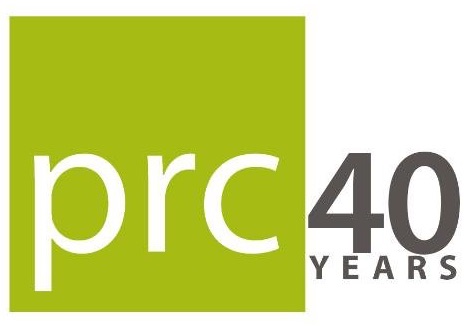 In short, I said, over the years you and those associated with this gallery have never once done anything to support the continuation of my colleague’s work, or even — in the event of his departure from those pages, for whatever reason — to ensure the continuation of that attention to the medium and to keep that space for writing on photography open. (Needless to say, though I didn’t bring it up, he’s never evidenced such support for me, or anyone else, either.) And, since every other gallerist around acts the same way you do, the editors of this city’s newspapers receive no financial support for running photography criticism and get no correspondence even indicating that what they publish is appreciated by the galleries. As they get virtually no reader feedback on what they publish about photography either, they are free to believe — as they do, on the whole — that no one cares whether they publish it or not.
In short, I said, over the years you and those associated with this gallery have never once done anything to support the continuation of my colleague’s work, or even — in the event of his departure from those pages, for whatever reason — to ensure the continuation of that attention to the medium and to keep that space for writing on photography open. (Needless to say, though I didn’t bring it up, he’s never evidenced such support for me, or anyone else, either.) And, since every other gallerist around acts the same way you do, the editors of this city’s newspapers receive no financial support for running photography criticism and get no correspondence even indicating that what they publish is appreciated by the galleries. As they get virtually no reader feedback on what they publish about photography either, they are free to believe — as they do, on the whole — that no one cares whether they publish it or not.
If every gallery in the city that specialized in photography advertised, once a year, in any one of the three local newspapers that run commentary on photography, and every director of such a gallery wrote one letter a year to another of the three, coverage of photography would expand rather than shrink, I told him. So, I concluded, he himself was the fundamental reason his show hadn’t been reviewed, and he could also hold himself accountable for the likelihood that now even fewer of his exhibitions would be reviewed than previously, since the paper had no intention of replacing my colleague.
The gallerist didn’t take this pronouncement at all well, though I gave it in as kindly a tone as I could muster. Indeed, it appeared to have struck him like a bolt from the blue. None of this, he told me, had ever occurred to him — that there might conceivably exist some connection, however oblique and remote, between his shows getting reviewed and his contributing in some non-corrupting, non-extortive, minimally expensive and hardly labor-intensive way to the support system that makes criticism and reviewing of photography viable in daily and weekly newspapers. So I decided not to add to his chagrin and perplexity by pointing out that such pig-ignorance is pandemic in the photography world but virtually unheard-of elsewhere in the fine, performing and literary arts, where these equations are commonly understood. …
•
 Special offer: If you want me to either continue pursuing a particular subject or give you a break and (for one post) write on a topic — my choice — other than the current main story, make a donation of $50 via the PayPal widget below, indicating your preference in a note accompanying your donation. I’ll credit you as that new post’s sponsor, and link to a website of your choosing. Include a note with your snail-mail address (or email it to me separately) for a free signed copy of my 1995 book Critical Focus!
Special offer: If you want me to either continue pursuing a particular subject or give you a break and (for one post) write on a topic — my choice — other than the current main story, make a donation of $50 via the PayPal widget below, indicating your preference in a note accompanying your donation. I’ll credit you as that new post’s sponsor, and link to a website of your choosing. Include a note with your snail-mail address (or email it to me separately) for a free signed copy of my 1995 book Critical Focus!


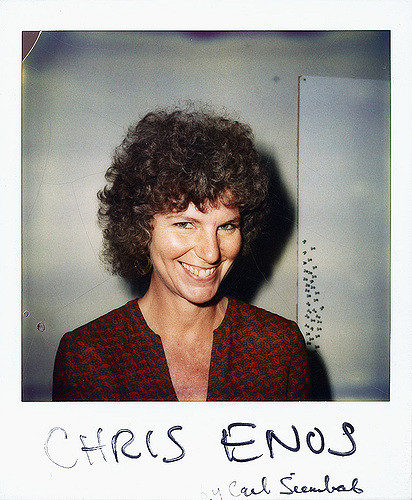
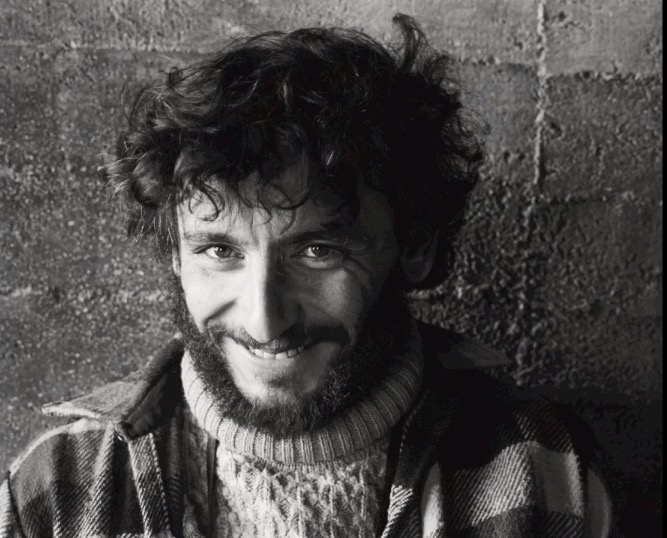
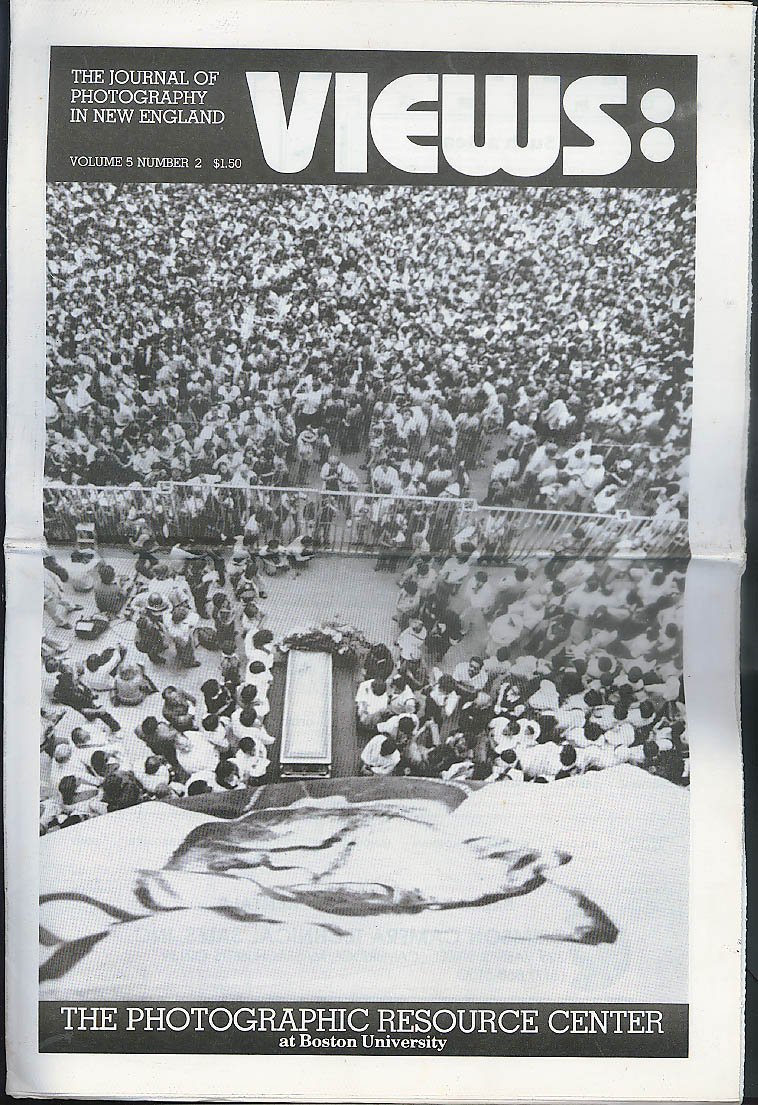

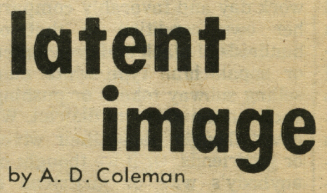
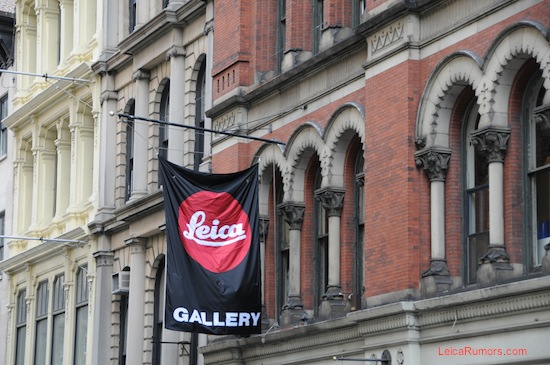
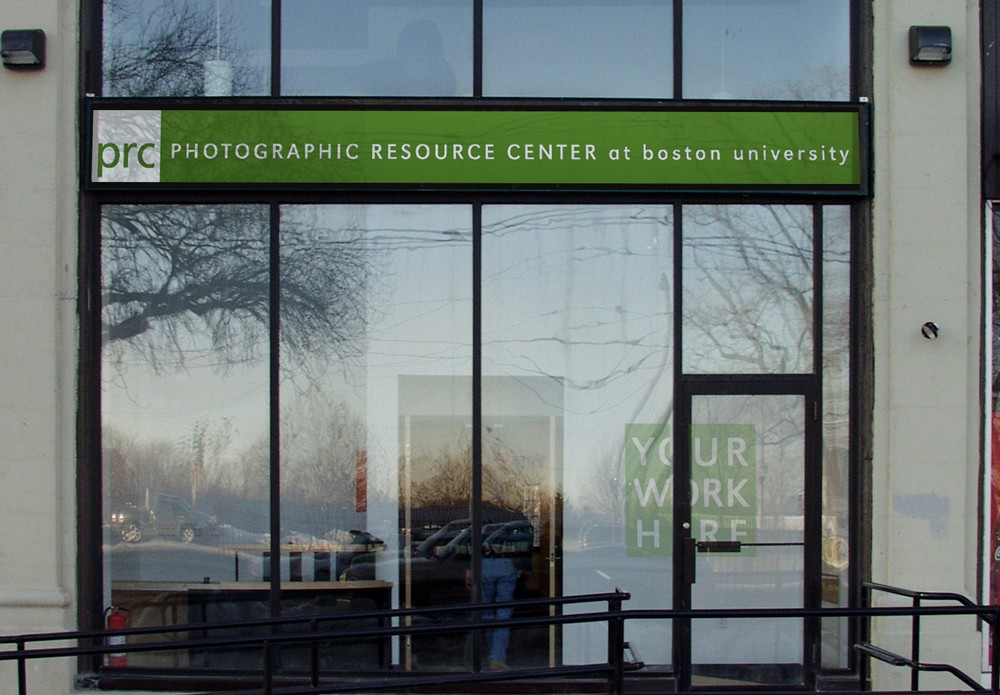




Your comments about appropriate, well, just human response, salutary. They apply widely, as when someone dies without the benefit of an intended lunch, even a call.
When I was teaching, sometimes people thought it would be just the thing to ask me my teaching philosophy – I got it down to “Pay attention, be responsible and cultivate empathy.”
Look forward to the next installment from the 1996 talk. (In recent years have bumped into Chris at Linda Connor’s Christmas party.)
Best,
David